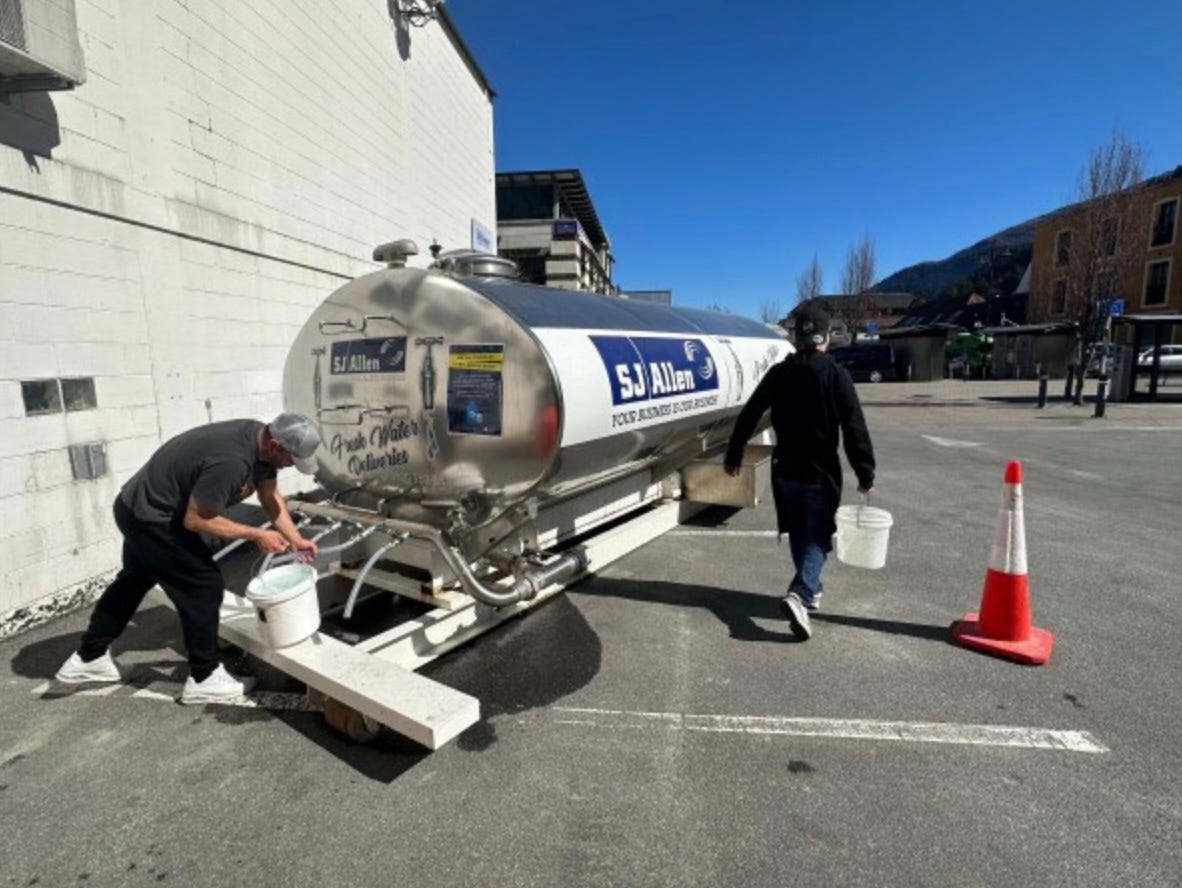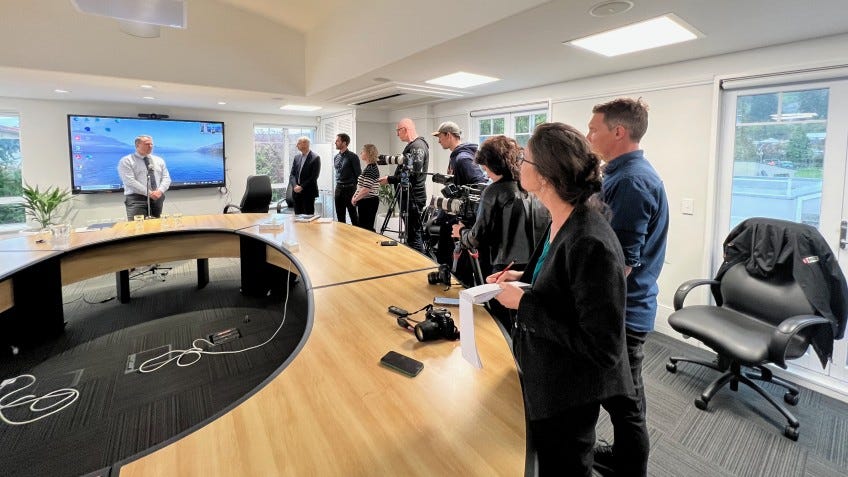Drinking water: what happened to membrane filters to stop Cryptosporidium?
QLDC lags behind CODC in delivering clean, safe drinking water
A Crux Investigation.
CODC is doing better than QLDC in terms of delivering safe drinking water.
QLDC has only one membrane filter – at Cardrona.
QLDC’s safe drinking water supply now depends on rapid responses from Veolia.
The Long Term Plan from QLDC suggests residents may need to use less drinking water to save council costs.
The Cryptosporidium outbreak of 2023 in Queenstown now seems a long time ago but the big action point was the installation of expensive membrane filtration systems to stop another drinking water outbreak.
That target appears to have been quietly abandoned over the past two years.
In fact, the only QLDC local drinking water treatment plant with a membrane filtration system is at Cardrona and also, it’s on the system that the CODC uses to supply Clyde and Alexandra.
That’s not to say the all the other plants are non-compliant, but they rely on UV treatment along with chlorine and other measures. Bore water is easier to treat than lake or river water as it gets less cloudy with things like rain, weed or even sewage.
As we’ve learned from the current sewage crisis, UV sterilisation of water has one big drawback.
It does not work properly when the water is cloudy or turbid. Ironically that cloudy water could be caused by exactly the same contamination that can spawn Cryptosporidium.
2023 – The Cryptosporidium Outbreak
Mayor Lewers fronts a national media conference at QLDC’s council chambers as the Cryptosporidium outbreak spread in Queenstown on September 21, 2023.
It was the first gastro outbreak in Queenstown for 40 years. 76 people ended up infected and tens of millions of dollars was lost as homes and businesses had to boil water, or use tanker water, from September to December.
The cause – human faecal matter in Lake Whakatipu.





